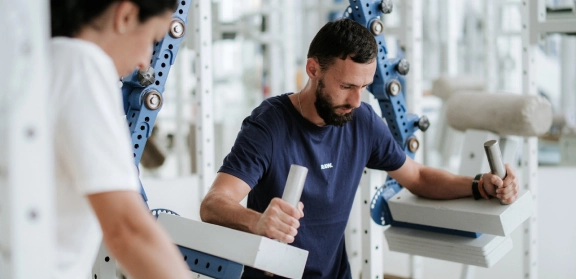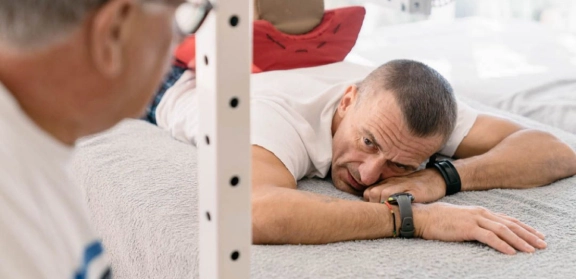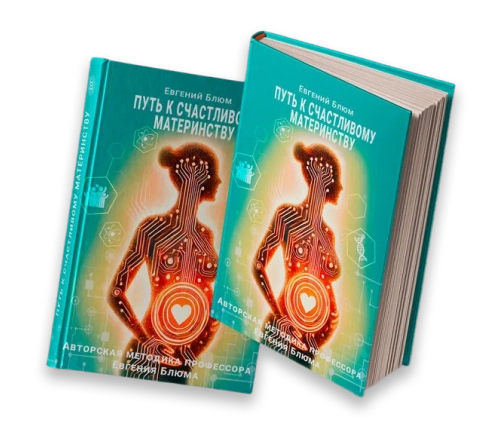Post-Stroke Rehabilitation
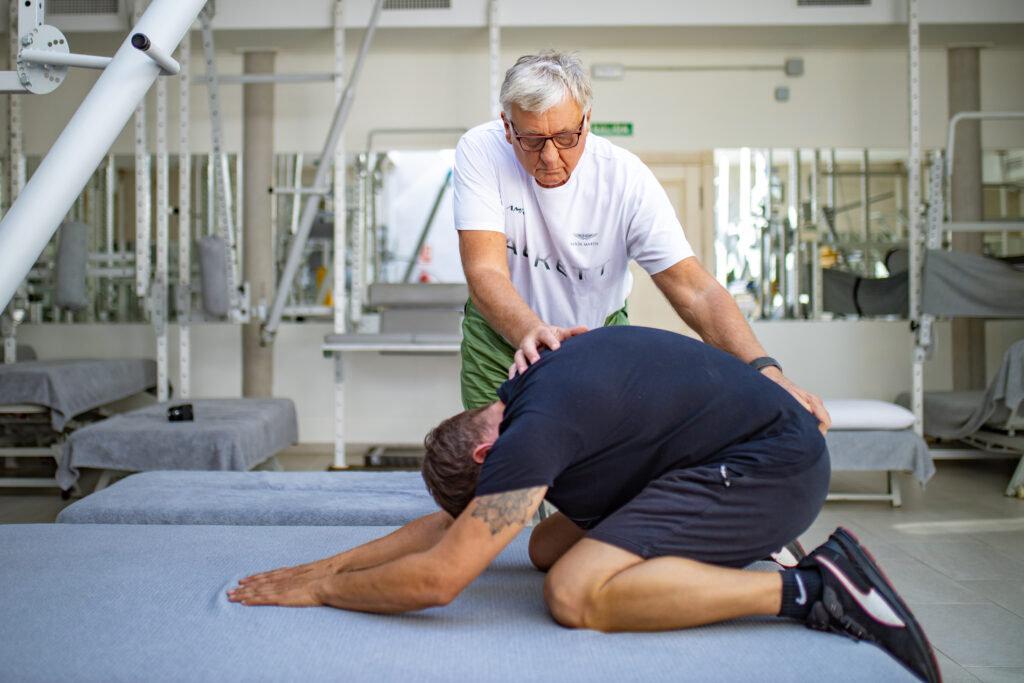
This program is for those who want:
- to start rehabilitation as early as possible
- to minimize the consequences of a stroke
- a personalized recovery plan
- to improve quality of life after illness
Proprietary method
Professor Blum's approach fundamentally differs from existing methods. First, we restore the patient's vital energy to ensure there is enough for maximum recovery of lost functions, then we begin the fundamental restoration of skills.
We focus on physical impacts on the patient's body in accordance with the laws of neurology, rheology, and biomechanics, optimising each of the life-supporting systems, restoring vital energy, and then sequentially returning lost functions.
This method allows for the step-by-step restoration of walking skills, elimination of spasticity, restoration of body balance during walking, coordination and manoeuvrability, elimination of rapid fatigue, swallowing problems, restoration of speech, elimination of cognitive impairments, cramps, and muscle pain, restoration of pelvic functions, ultimately returning the patient to a normal life.
The rehabilitation program also aims to prevent recurrent strokes and treat associated diseases: hypertension, diabetes, obesity, prolonged neuropsychological stress.
The Centre uses unique rehabilitation modular exercise machines, which selectively and gradually target specific organs and body segments. A comprehensive individual program is developed for each patient, implemented under the personal supervision of Professor Blum. Controlled, dosed, precisely directed load allows for gradual and confident optimization of organ and system function, normalising and restoring their functional state after a stroke.
-
Restoration
f motor skills
and movement -
Improvement
of memory and
cognitive functions -
Recovery
of swallowing
and speech -
Restoration
of vision -
Return
to normal life
skills
Stroke consequences we work with:
- Motor function impairments: Sensory disturbances in arms or legs, paralysis of one side of the body, weakness in arms or legs, balance and coordination issues, inability to walk, spasticity in arms or legs.
- Balance and coordination impairments: Balance disturbances, difficulty moving independently, loss of daily skills such as cooking, eating, dressing, writing, calling.
- Pelvic function impairments: Urinary incontinence, bowel problems.
- Memory impairments: Logical disturbances, loss of cause-effect relationships, lack of action sequence.
- Speech and swallowing impairments: Choking, unclear speech, stuttering.
- Visual, auditory, and optical-spatial perception impairments.
- Psychological and cognitive impairments: Emotional disturbances, depression, aggression, irritability.
Objectives of the program
-
Increasing MetabolismThe nervous system is the "central processor" of the body, consuming a huge amount of energy, which is necessary to achieve the planned rehabilitation results. After a stroke, organ and system functions are reduced, which lowers the overall life resource. Recovery of the stroke focus and the brain as a whole requires high energy costs, so it is necessary to increase metabolic processes and ensure a high level of metabolism to create conditions for brain recovery. Neglecting this stage and trying to engage brain functions on residual low resources threatens a recurrent stroke.
-
Sequential Brain RecoveryThe epicentre of the stroke is the zone of neuron death where all neurons are irrevocably destroyed. Next is the "silent zone", there is no damage, neurons are intact, but their functions are halted. The number of disabled functions depends on the size of the silent zone. The volume of this zone reanimated determines the number of functions restored. Maximum recovery of this zone is the primary focus of Professor Blum's method.
-
Restoration of Deep Muscle LayersThis ensures body symmetry. This factor is essential for preventing recurrent strokes.
Patient stories
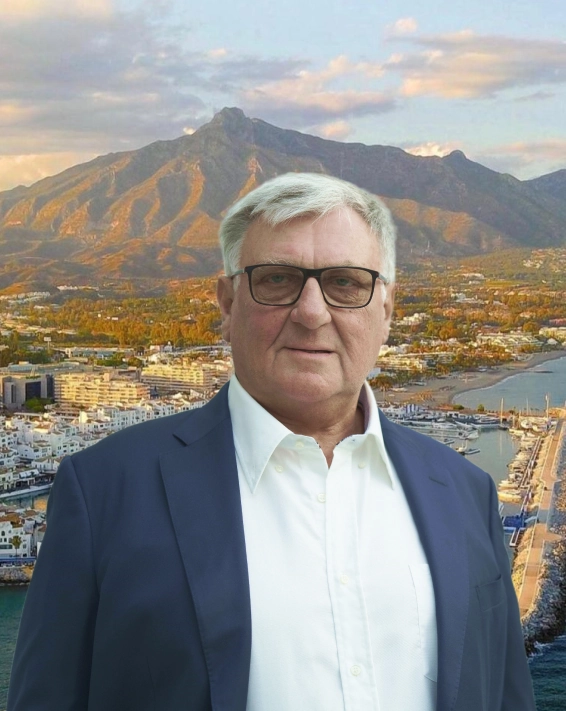
Professor Blum’s Exclusive Rehabilitation System

For Your Convenience, the Sierra Blanca Resort Spa Hotel is Open on the Center’s Premises. The hotel is nestled in a cedar park at the foot of La Concha Mountain, offering stunning views of the sea, Gibraltar, and the African coast from its terrace.

Sierra Blanca Resort Spa Includes:
Q&A
Yes, that's true. It is precisely because our Centre uses innovative methods and patented rehabilitation devices and modules that we achieve results that other rehabilitation clinics cannot. This is why patients from all over the world come to our Centre.
We accept patients in stable condition, when they no longer require inpatient treatment. We can pick up the patient from the clinic upon discharge and bring them directly to our Centre (including air transport). There is a hotel on site, equipped with all the necessary accommodations for people with disabilities and their caregivers.
Each patient gets a set of exercises to perform at home upon completing rehabilitation at our Centre.
Yes, we accept patients of all ages.
The main goal of rehabilitation is to provide the best possible quality of life. What does this mean? It means being able to make tea, go outside, walk the dog – in other words, do what you want and be free. Otherwise, the person depends on caregivers who do everything as they can and when they can, complicating life for both parties. Therefore, rehabilitation is crucial at any stage after a stroke.
We can answer this question after receiving the full medical history, all examination results, specialist conclusions, and a short video demonstrating the patient's current condition.
In the first year after a stroke, neuroplasticity – the ability of nervous tissue to recover – decreases drastically, so function impairment becomes fixed, structural changes deepen, and recovery slows. The one-year term is not a sentence; with brain damage, it is possible and necessary to continue work even after it ends. If standard methods are limited in their capabilities and suggest adapting to the remaining functions, Professor Blum's method offers the highest success rates, even with late rehabilitation, taking into account each specific case.
In neurology, there is the concept of a rehabilitation window – the period when maximum function recovery can be achieved. For stroke, this period is about a year, with the most critical 3-4 months being the first ones. During this time, patients and their families are often confused and unsure which method or clinic to choose, and time is of the essence. Therefore, you should start looking for a rehabilitation clinic while the patient is still in the hospital, so you have a clear action plan by the time of discharge. During this time, you can send us the medical history, all examination results, and specialist conclusions. We will analyse all the materials and prepare a preliminary rehabilitation program. This way, at the time of discharge, you will know where to go, what results to expect, and not lose precious time.
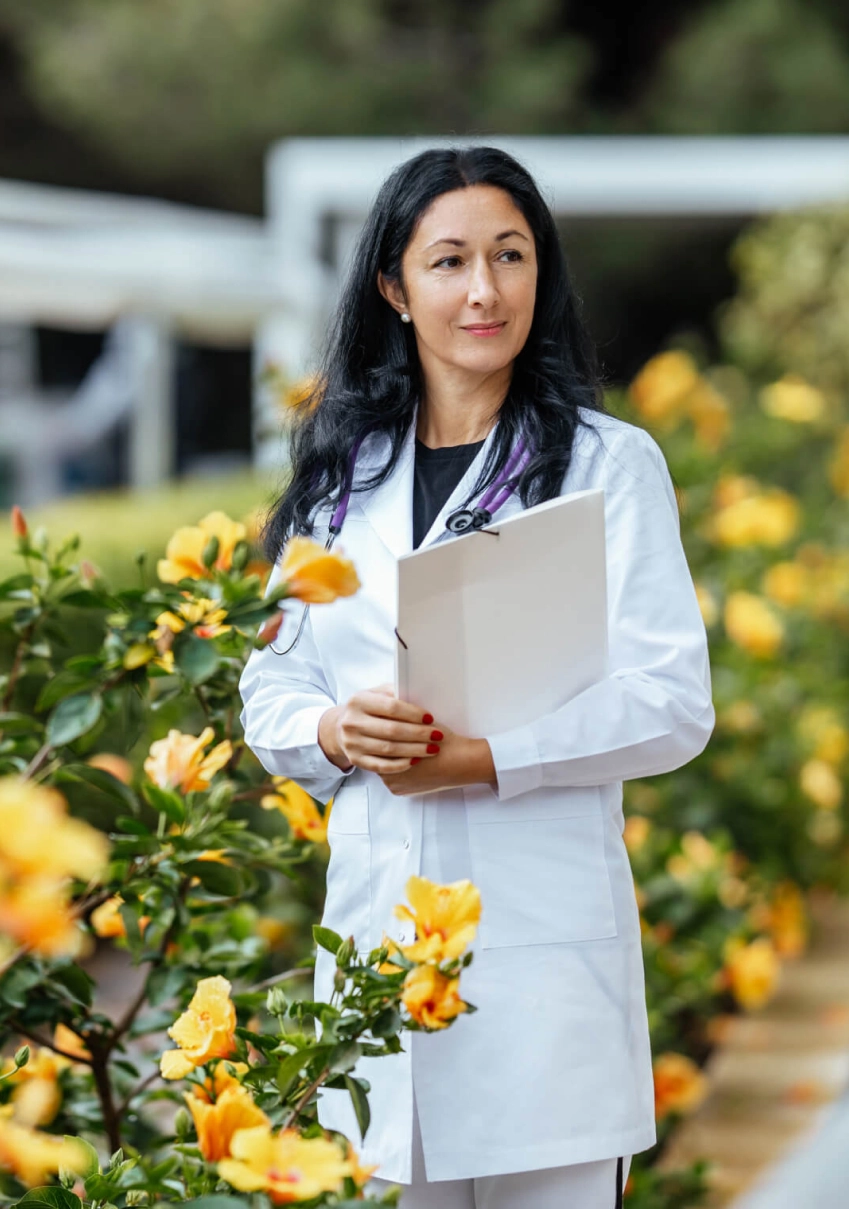
The cost of a course of treatment with a stay in a hotel
- Appointments and consultations
- Creating an individual program
- Conducting personal sessions
- Appointments and consultations
- Creating an individual program
- Conducting personal sessions
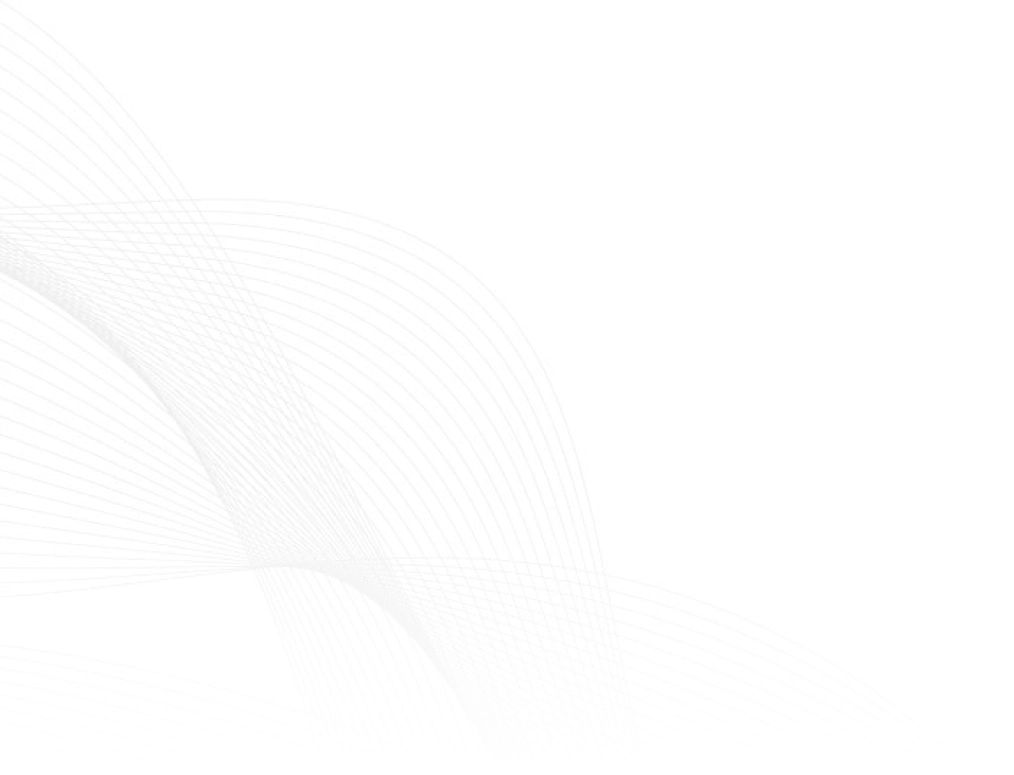
Select a program
- Early rehabilitation after a stroke
- Rehabilitation in the late recovery period after a stroke
- Recovery from long-term stroke consequences
Other areas of work of our Center
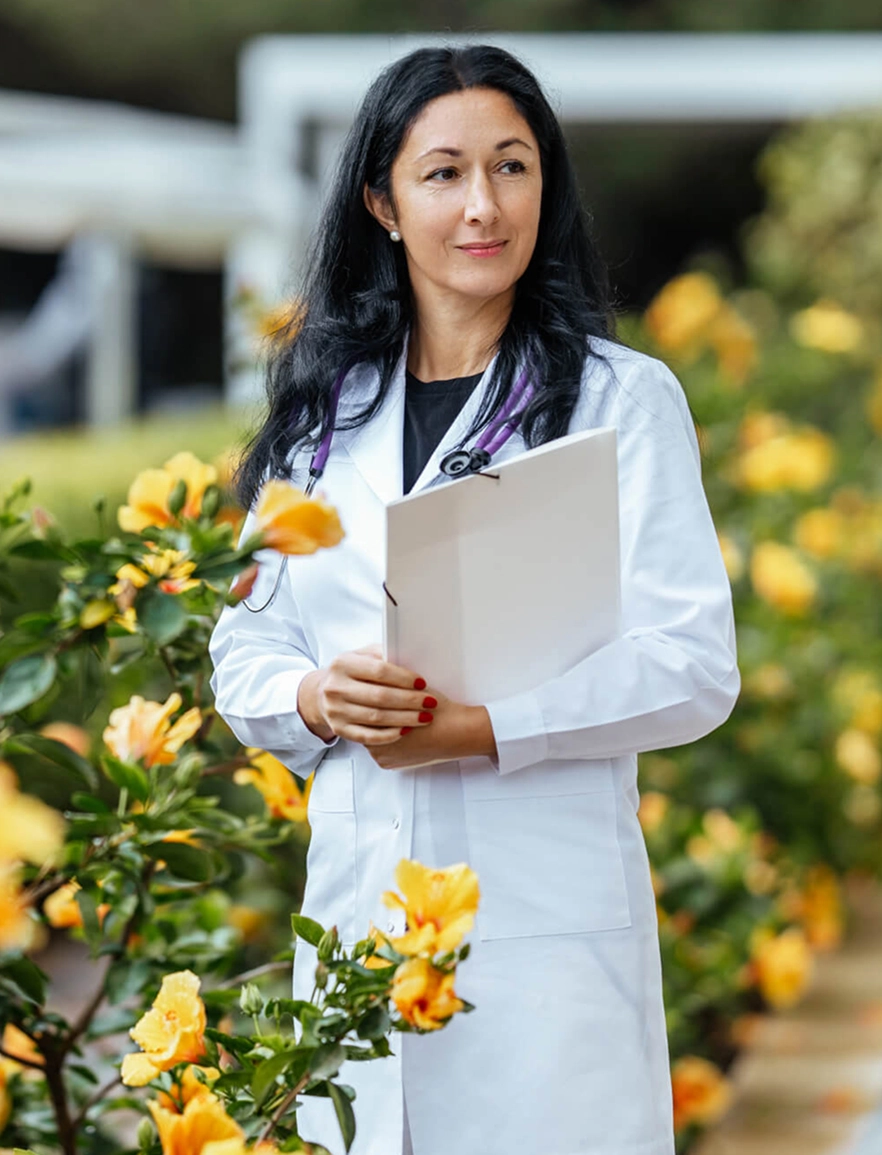




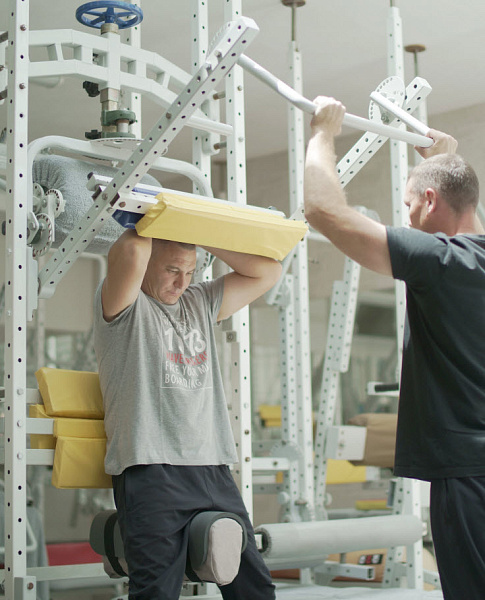
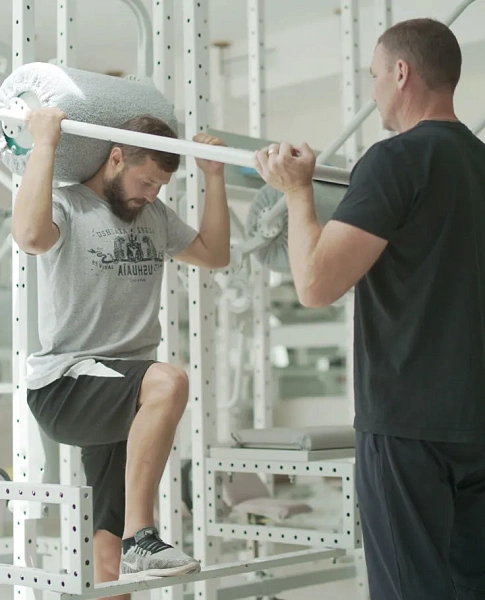
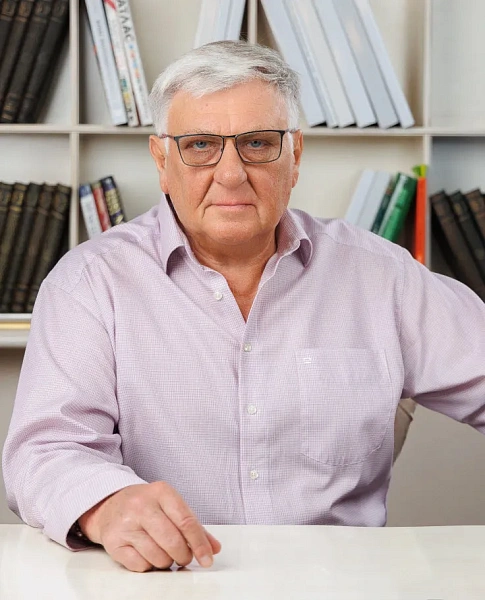
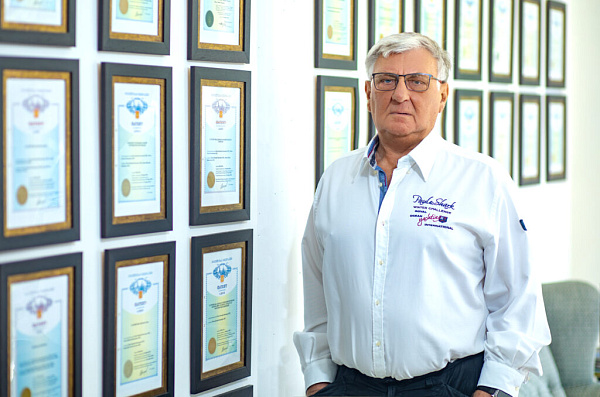
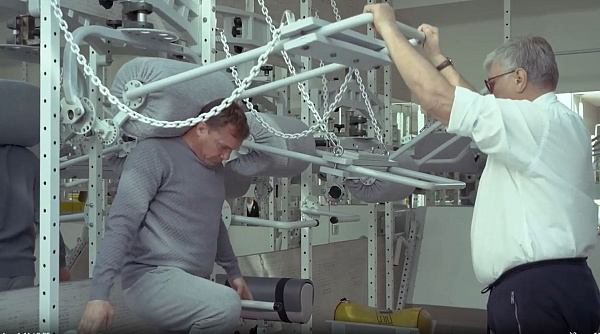
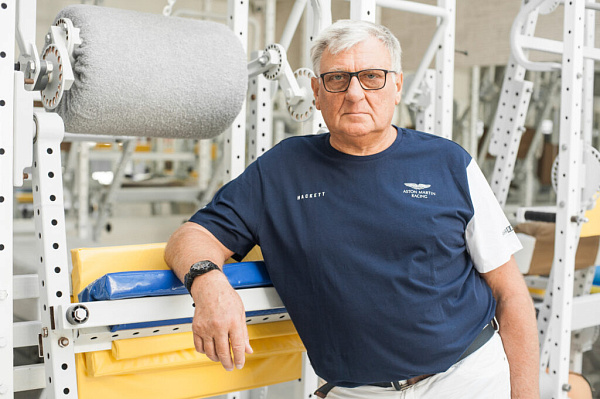
.webp)
